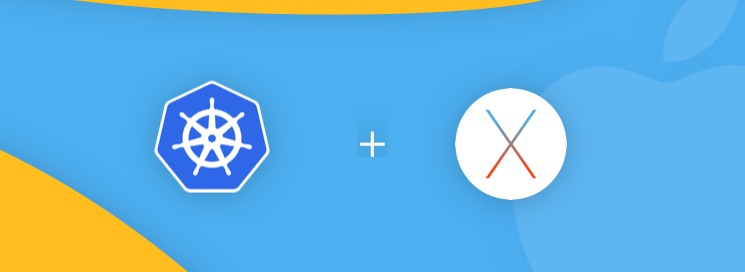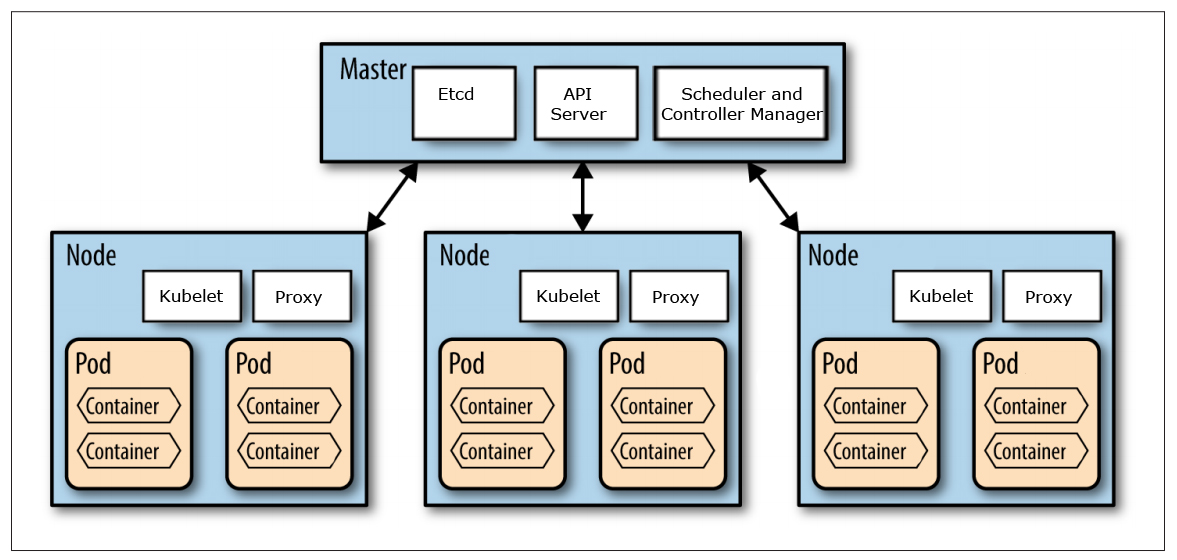

- DOCKER FOR MAC KUBERNETES CLUSTER INSTALLATION STALL HOW TO
- DOCKER FOR MAC KUBERNETES CLUSTER INSTALLATION STALL INSTALL
Repeat the commands for all the three server instances and the proceed to the next step. The first command checks the swap list while the next one disables it. Next, activate the ports by running the commands below: firewall-cmd -zone=public -add-port=6443/tcp -permanentįirewall-cmd -zone=public -add-port=10250/tcp -permanentįinally, you will need to switch off SWAP partitioning by running the command below: sudo swapon -s Run the command: firewall-cmd -get-active-zones As a requirement, the commands below should be run with the root user. The next step in preparing the server is enabling the ports 640 for the Kubernetes API Server and Kubelet API respectively. In reality, Alibaba Cloud automatically assigns unique identifiers to your servers so to ensure the hostnames are also unique. You'll also need MAC addresses and some other unique identifiers. For this tutorial, I recommend that you use kube-1, kube-2, and kube-3. The first step in preparing the server is ensuring your virtual servers have unique hostnames. In this step, we'll prepare our servers for the configuration of our Kubernetes cluster.
DOCKER FOR MAC KUBERNETES CLUSTER INSTALLATION STALL INSTALL
Procedureįollow the steps outlined below to install a Kubernetes clusters on Alibaba with Kudeadm. While not essential to the configuration of Kubernetes clusters, keep in mind the following: Assigned roles In this tutorial, we will create roles for the three hosts as a master and two workers. Specifically, the three servers or hosts should have familiar names, such as kube-1, kube-2 and kube-3 as shown below: Server

DOCKER FOR MAC KUBERNETES CLUSTER INSTALLATION STALL HOW TO
In this tutorial, you will learn how to install a Kubernetes cluster on an Alibaba Cloud ECS instance installed with Ubuntu 16.04 with Kubeadm.

It handles installations such as the API server, Controller Manager, and Kube DNS. The tool can help set up an executable cluster with minimal working components in place. You can achieve quick turnaround and configure a Kubernetes cluster easily using the Kubeadm toolkit, which is a tool to automate the installation and configuration of Kubernetes components. Kubernetes does not have to be complicated and messy. By Alex Mungai Muchiri, Alibaba Cloud Community Blog author


 0 kommentar(er)
0 kommentar(er)
